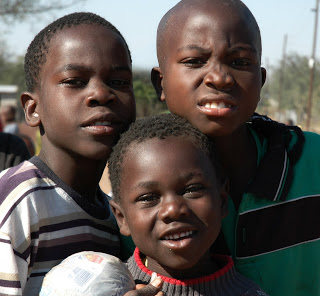“Third time’s the charm,” goes the saying. This, in a nutshell, is the Rule of Threes, an almost universal pattern in storytelling. Three wishes, three wise men, three billy goats gruff, three sisters, three brothers, three little pigs – when you begin to notice, you will see threes everywhere in traditional stories.
Why?
It is now well-understood that humans are pattern-making and pattern-seeking creatures. This cognitive behavior helps us learn that Chihuauas, Great Danes and Basset Hounds are all dogs, for instance. It helps us with predictions: when the heat and humidity and air pressure build on a summer day we prepare for a thunderstorm. This behavior can also lead us astray, tricking us into seeking significance or meaning in random events, or can give rise to superstitions (such as “bad luck comes in threes.”) For good or for ill, we look for patterns.
The smallest number of units that can create a pattern is three. One is an individual. Two might be a coincidence. Three sets the pattern. Thus, the number three is the most efficient and compact (and thus the most memorable) number of elements for establishing something as significant. The ancient Greeks even had a term for this – the tricolon. The tricolon creates special emphasis: on your mark, get set, go; ready, willing, and able; life, liberty, and the pursuit of happiness; healthy, wealthy and wise; of the people, by the people, for the people; the good, the bad, and the ugly. The list goes on and on – and on!
In comedy, the rule of threes is used to set up jokes, usually by breaking the pattern on the third go, and thus creating humor out of the surprise. In stories, the rule of threes allows us to anticipate that the third try, the third brother, the third wish – whatever it is – will be the one to resolve the story.
When you are telling stories (traditional tales or family stories) around the dinner table, or in the car, or on a walk, you can use the rule of threes to your advantage. Whatever part of the story you want to highlight, put a tricolon in there! The third part of the tricolon will usually be the most memorable. “The king was handsome, brave and generous,” is actually different from “The king was brave, generous and handsome,” which is different from, “The king was handsome, generous and brave.” Or how about introducing a family story with, “My aunt Mary was tall, stubborn and greedy,” versus, “My aunt Mary was stubborn, greedy, and tall.” In the first, we expect greediness to be the main feature of the story, in the second, we expect her height to be the main feature.
Naturally, as we are concerned with developing courage, I suggest you can use the rule of threes to emphasize the courageous aspects of your stories. Have fun with your threes!

